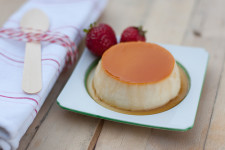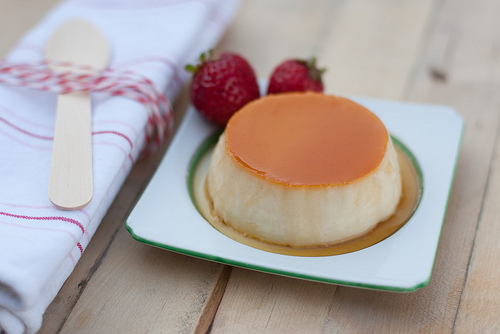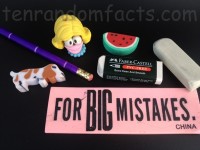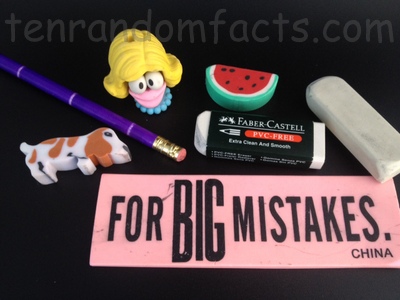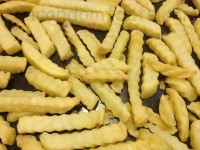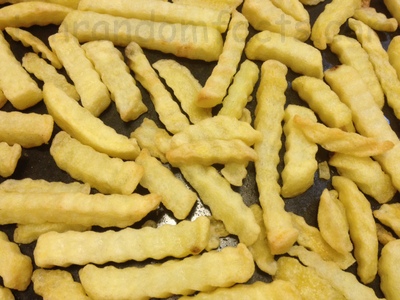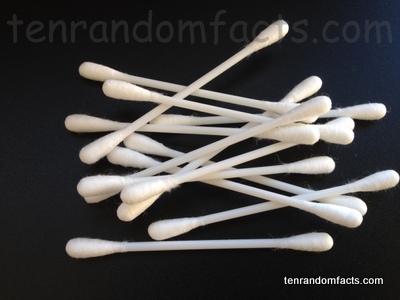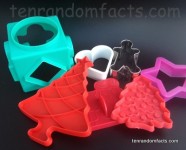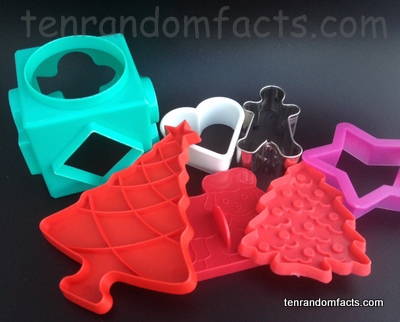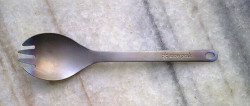
Do you love or hate the spork?
- A spork is a combination of a spoon and a fork, featuring a bowl shape end like a spoon, that has spokes or tines like a fork.
- ‘Sporks’ are also known by the uncommon term ‘foon’, and similar utensils were used in the 1800s and were known as ice-cream or terrapin forks.
- The term ‘spork’ is said to have originated as early as 1909, and is a blend of the words ‘spoon’ and ‘fork’.
- Travellers, campers, the military, schools, fast food outlets, and prisons all appreciate the spork invention, as it saves space and money due to its dual use.
- One of the earliest known patents for a spork-like utensil, was granted in 1874 by Samuel W Francis, from Rhode Island in the United States, and this invention also included a knife edge on the side of the spoon.
Spork
Image courtesy of goblinbox/Flickr
- Sporks are typically made of plastic and are often disposable, or from metal, such as aluminium or stainless steel.
- A dislike for sporks has evolved around the argument of its inability to hold substantial quantities of soup and its failure to easily jab and hold food, due to the short fork tines.
- Many of the early inventions of sporks were aesthetically unattractive, and not always practical to use.
- Sporks can come in a variety of colours, from bright playful colours to traditional greys, and antique metal ones can feature intricately shaped handles that appeal to collectors.
- Although many sporks feature the fork-spoon combination at the same end, some sporks feature the knife and spoon sections on opposite ends.
Bibliography:
Durso C, A Brief History of Sporks, 2011, foodiggity, http://www.foodiggity.com/a-brief-history-of-the-spork/
Gross J, Who Made That Spork?, 2013, New York Times Magazine, http://www.nytimes.com/2013/12/01/magazine/who-made-that-spork.html
Spork, 2015, Wikipedia, http://en.wikipedia.org/wiki/Spork





